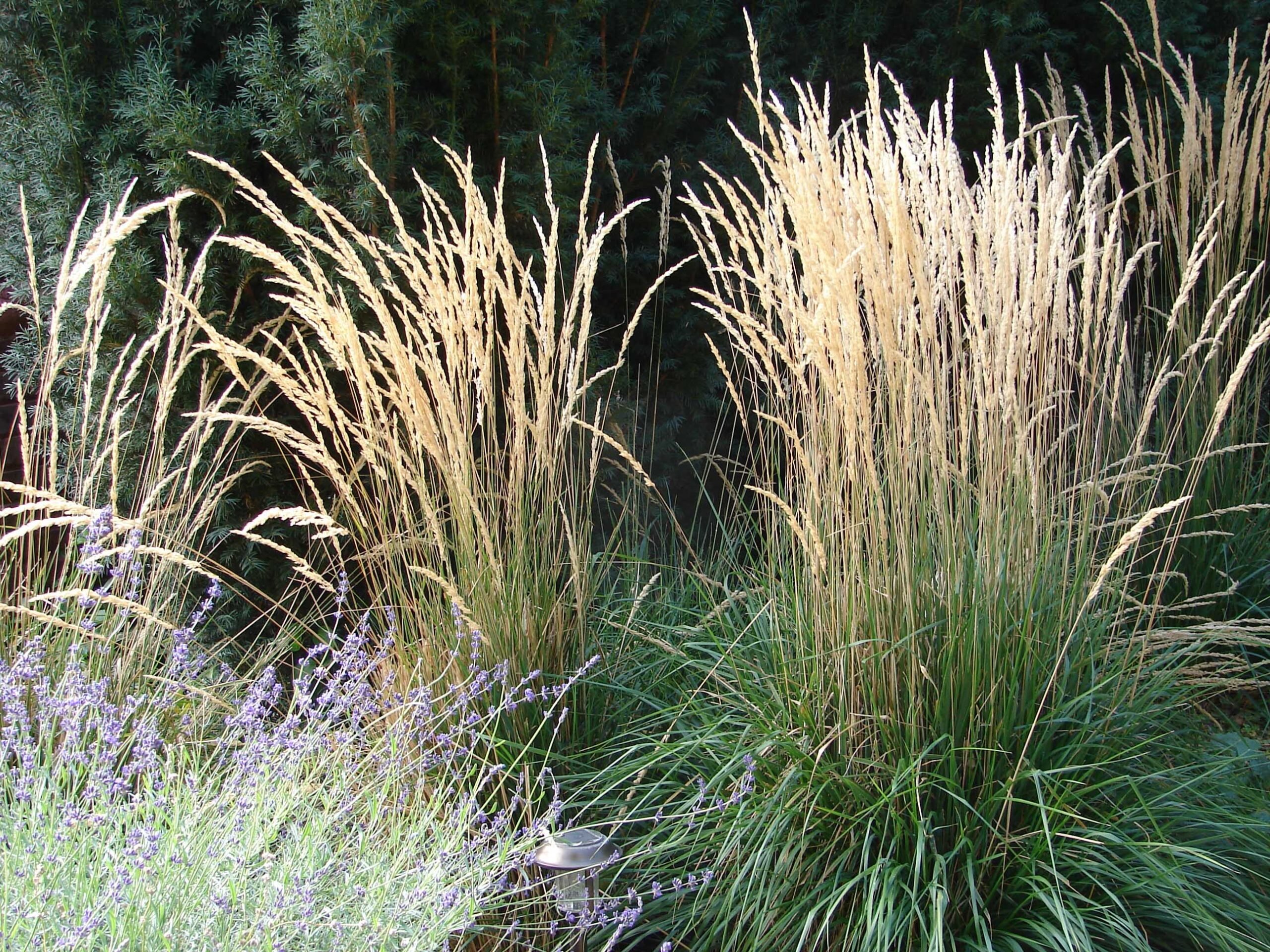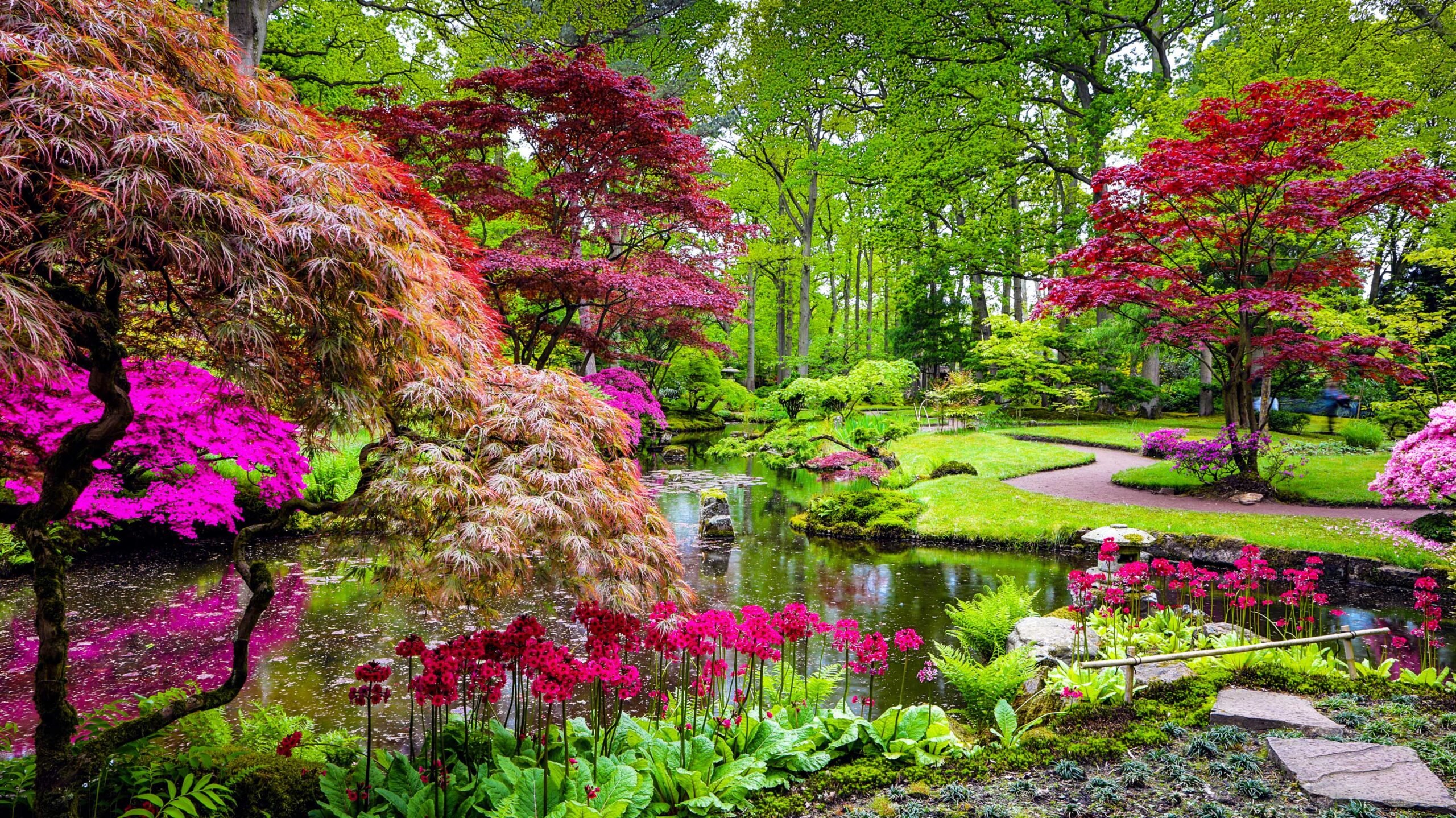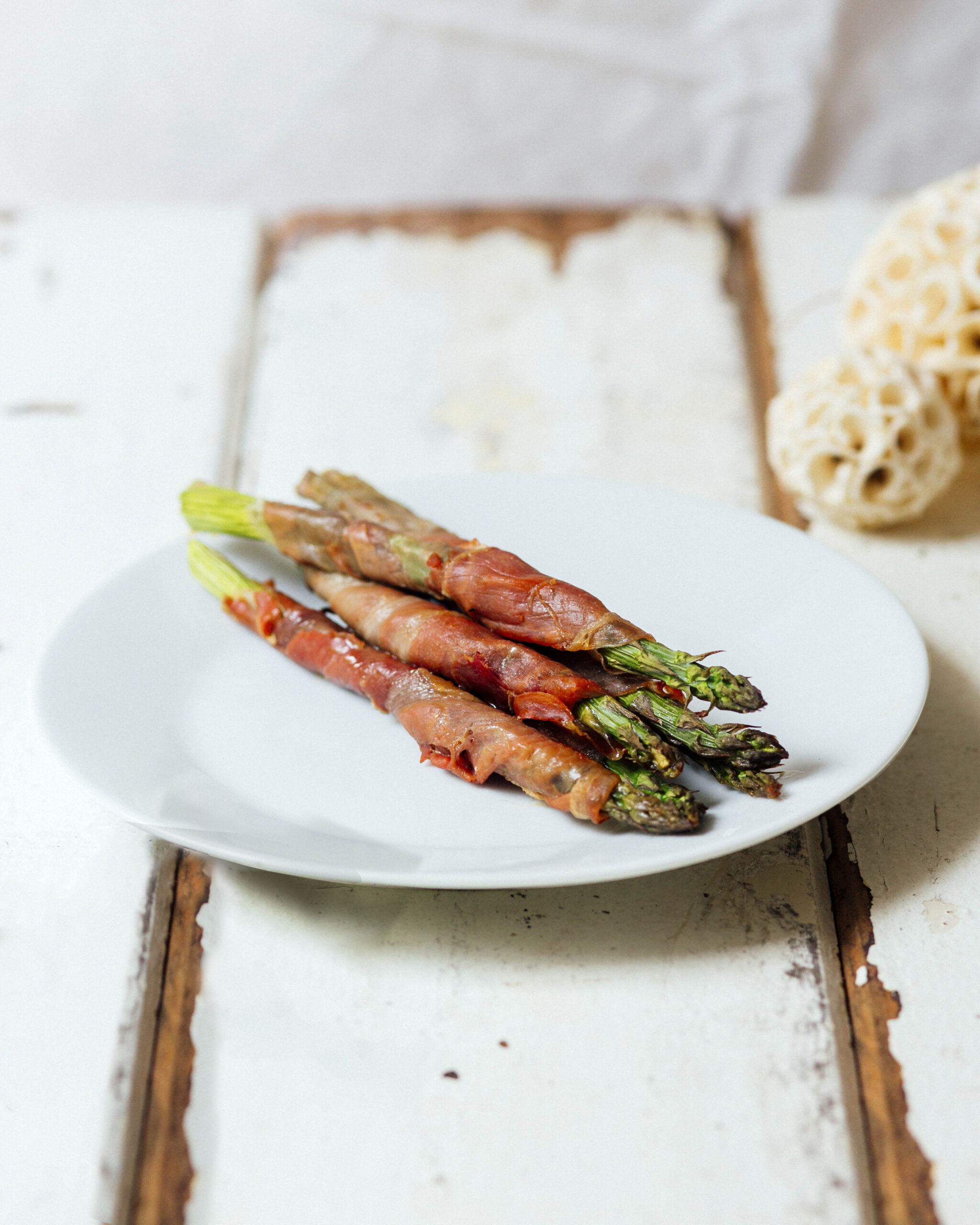Words Adrienne Matthews
As life becomes increasingly frantic, we need to find calm spaces to just be – spaces where we can meditate, contemplate, be silent or gather our wits. Zen gardens encourage us to do precisely that.
The origins of zen gardening
The first zen-type gardens can be traced to Japan 800AD. Created around Shinto shrines and temples, they honoured the landscape, representing it with the careful placement of rocks, stones, white sand and gravel. Zen Buddhism arrived around the same time and brought the practice of meditation and what we now call mindfulness. Zen gardens flourished as calm, contemplative places with simple colour palettes, where every object and plant were placed with precision to create a sense of harmony and tranquillity.
Zen gardens today
With a little knowledge, anyone can create a zen garden; they can take up as little or as much room as you choose. If you live in an apartment, consider making one in a wide-based bowl to be a focus for calm in the home.
Making a zen garden outside
Choose a place where you will feel comfortable and enjoy spending time. Create an ideas board with elements you want to include, taking inspiration from the internet and books. A zen garden is built upon principles such as simplicity, naturalness, allusion, surprise and tranquillity. Blank space is as important as objects, including plants, rocks, gravel (this can be swirled into patterns), lanterns, a pond or birdbath, water features and sculptures made from natural materials like wood. Mark your design out carefully.

Choosing complementary plants
Choose low-maintenance plants suited to your climate. New Zealand has an abundance of natives that can be incorporated. A layered planting of varieties that grow at different heights allows individual plants to show off their unique features, complementing the whole. Here are a few of the many options available to get you started.
Popular accent plants include Japanese maples, silk tassel bush, bamboo (non-spreading varieties), Siberian dogwood, Japanese judas tree and Aotearoa tree ferns.

Grass and sedge-type plants provide texture. Look out for feather reed grass, Japanese sedge, Japanese forest grass, snow tussock, carex, astelia, knobby club rush, and basket and mondo grasses.

Filler plants add depth and may include pittosporums ‘Mountain Jade’, ‘Golf Ball’, ‘Little Gem’ and ‘Pompom’, nandina (particularly the lime green variety), golden breath of heaven, Japanese holly, sedum, Japanese boxwood, hostas and Hebe ‘Emerald Gem’.
Low growers anchor a zen garden. Choose from New Zealand mosses and ferns, maidenhair vine, cushion plant, creeping fuchsia, blue star juniper, Japanese spurge and Westringia fruticosa ‘Smokey’ (a variety of coastal rosemary).
You may also treat your garden to a bonsai tree, a rich tradition in Japanese culture symbolising balance, harmony and peace.

Zen garden tips
- Make sure your soil is weed-free before beginning planting. Layers of clean cardboard around plants underneath the final layer of soil will help keep the weeds at bay until your plants are established.
- Apply a weed membrane beneath dry areas like gravel.
- Place any large feature pieces like rocks first.
- Keep weeds firmly at bay.
- With New Zealand’s great growing conditions, it won’t take long before you can soak up the peace and tranquillity of your zen garden. Use the same principles for an interior garden with a dish or bowl and indoor plants, gravel or sand and carefully chosen companion pieces.







